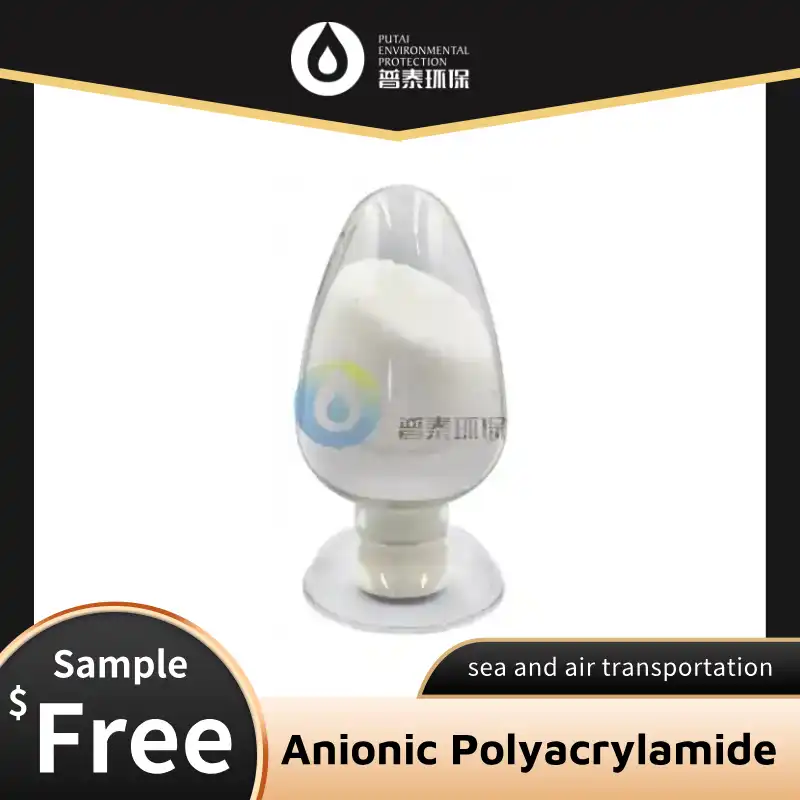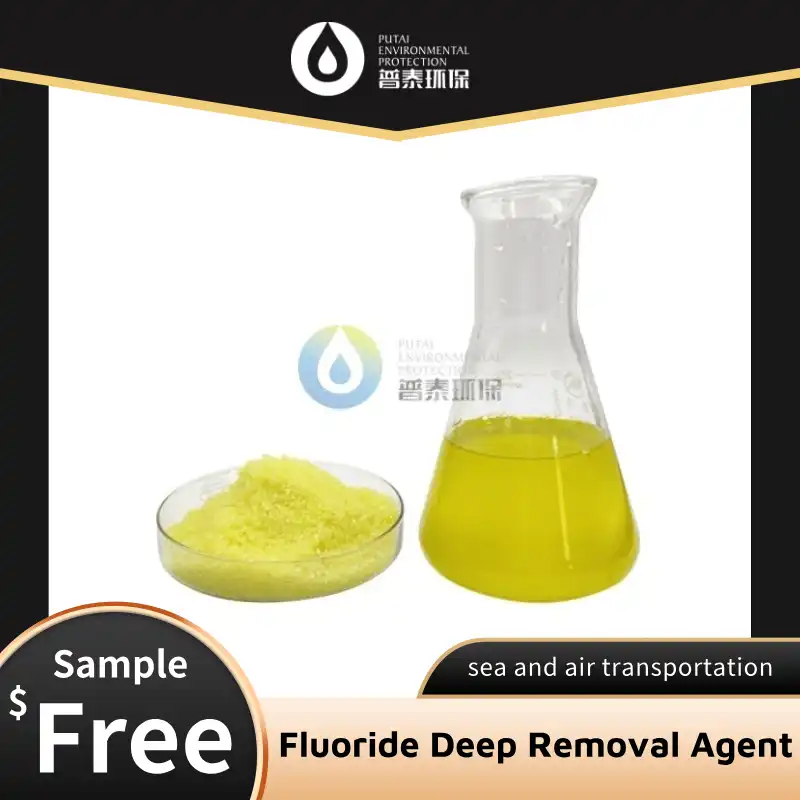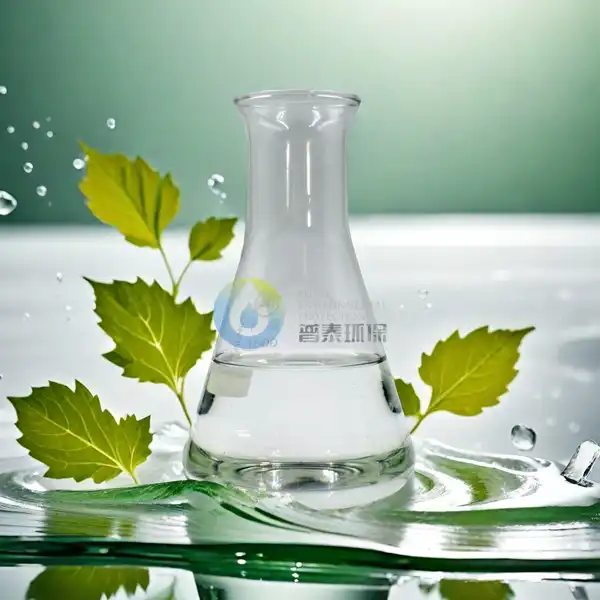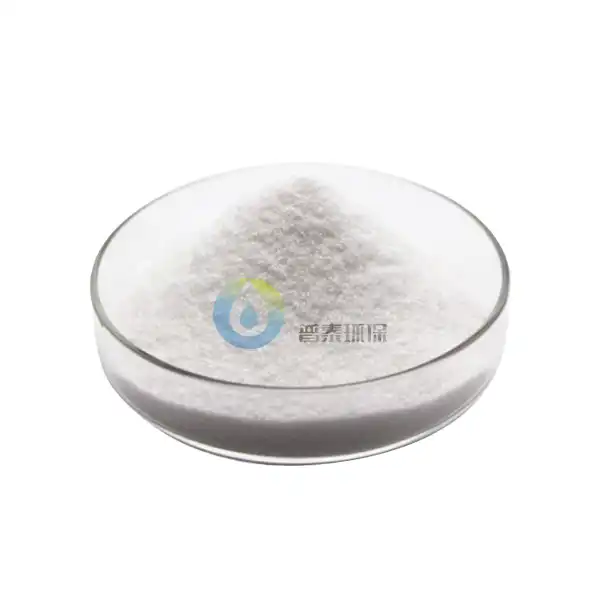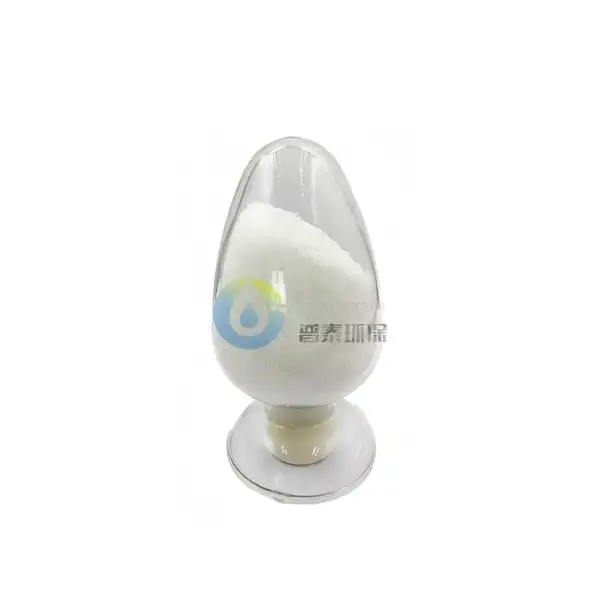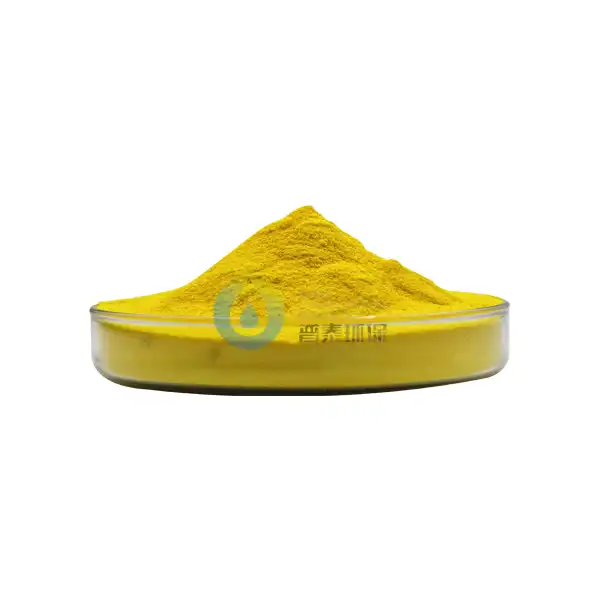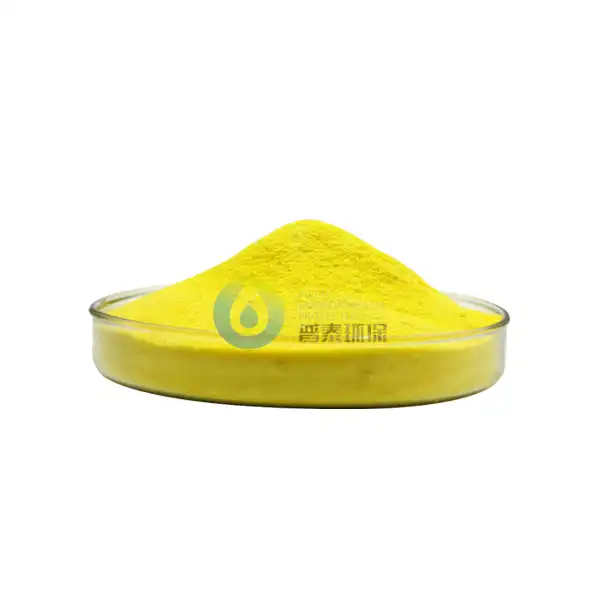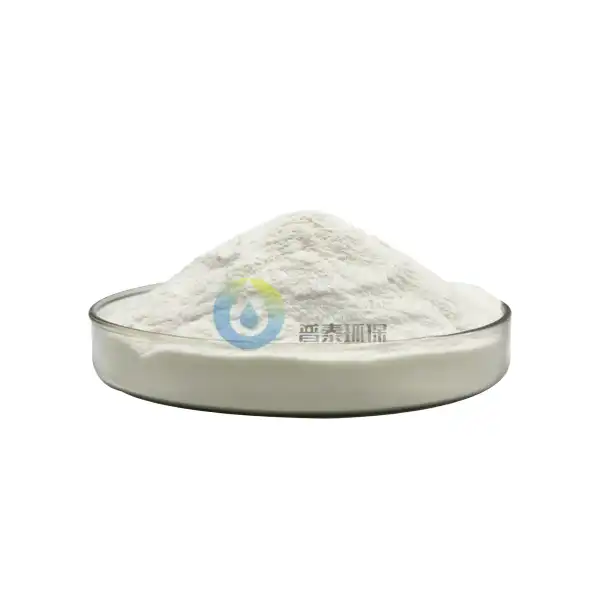How is Solid PAC Different From Liquid PAC?
Polyaluminum chloride (PAC) is a widely used water treatment chemical available in both solid and liquid forms. While sharing the same basic chemical composition, these forms differ significantly in concentration, handling requirements, storage conditions, and application methods. Understanding these differences helps water treatment professionals select the most appropriate form for their specific needs.
What are the advantages of Solid PAC over liquid forms?
Higher Aluminum Content and Concentration
Solid PAC contains significantly higher aluminum content than liquid PAC, with typical aluminum oxide (Al₂O₃) content ranging from 28% to 30% compared to just 10% to 17% in liquid forms. This higher concentration means smaller quantities of Solid PAC can achieve the same treatment results as larger volumes of liquid PAC. This provides substantial benefits for facilities with limited storage space or those in remote areas where frequent deliveries are challenging. The higher concentration also reduces shipping costs and can enhance coagulation performance, particularly in water sources with high turbidity or suspended solids.
Extended Shelf Life and Stability
Solid PAC offers an extended shelf life of 2-3 years or longer without significant degradation when stored properly, compared to the shorter shelf life of liquid formulations. This longevity is valuable for treatment facilities that maintain emergency reserves or have seasonal usage patterns. The crystalline or powdered structure of Solid PAC prevents the hydrolysis reactions that can degrade liquid PAC over time. Additionally, Solid PAC is less susceptible to temperature fluctuations that can affect liquid PAC, which may freeze in cold conditions or degrade faster in high temperatures. This stability ensures reliable performance throughout its shelf life and reduces the frequency of quality testing needed.
Reduced Transportation and Storage Costs
The economic benefits of Solid PAC extend beyond its higher concentration. The lower weight and volume for equivalent treatment capacity result in substantial savings in shipping expenses. A single shipment of Solid PAC might replace three or more shipments of liquid PAC, reducing transportation costs and decreasing the carbon footprint associated with deliveries. Solid PAC requires less storage space than liquid formulations and eliminates the need for specialized containment systems like secondary containment berms, specialized tanks, and leak detection systems. Storage requirements are generally simpler, as Solid PAC can be kept in standard dry storage areas without temperature-controlled environments that might be necessary for liquid PAC in extreme climates.
How does Solid PAC differ in application methods from liquid PAC?
Dissolution Requirements and Preparation Processes
Unlike liquid PAC, Solid PAC requires a dissolution process before application. This involves adding the solid product to water in a mixing tank with proper agitation to ensure complete dissolution. The process requires attention to water temperature, mixing time, and agitation speed to achieve optimal results. While this preparation adds an extra step, it offers greater flexibility in adjusting solution concentrations to meet specific water quality needs. Treatment plants using Solid PAC typically establish a dedicated dissolution station with appropriate equipment, including corrosion-resistant mixing tanks, weighing systems, and dust control measures. Despite these additional requirements, many operators value the ability to prepare fresh solutions as needed, which helps maintain optimal treatment efficiency and allows for rapid adjustments to changing water conditions.
Dosing Equipment and Control Systems
The equipment for Solid PAC application differs from liquid PAC systems. While liquid PAC can often be fed directly from storage tanks using standard metering pumps, Solid PAC requires a more complex system including dissolution tanks, transfer pumps, and potentially automated mixing equipment. Modern Solid PAC dosing systems often incorporate advanced controls that automate the dissolution process, maintaining precise solution concentrations and ensuring consistent application rates. The initial investment in specialized equipment can be significant but often provides returns through improved process control and treatment efficiency. Despite the potential complexity, many facilities report that well-designed Solid PAC preparation and dosing systems result in more consistent treatment outcomes and potentially reduced chemical usage through more efficient application.
Performance Differences in Various Treatment Scenarios
Solid PAC and liquid PAC perform differently across various water treatment scenarios. In cold water applications, Solid PAC often demonstrates superior performance as it can be prepared with warm water to enhance solubility and reaction kinetics, while liquid PAC may become more viscous at low temperatures. For highly turbid waters, Solid PAC's higher aluminum content typically provides more effective coagulation and faster settling of suspended solids. The ability to prepare fresh Solid PAC solutions on-demand is advantageous when treating water with variable quality. In municipal drinking water applications, many plants report that Solid PAC provides more stable results, particularly in removing organic compounds. However, in time-sensitive applications or smaller systems prioritizing simplicity, liquid PAC's ready-to-use nature may be preferable. For industrial wastewater treatment, particularly for metals removal, the higher charge density in Solid PAC often translates to improved flocculation and more complete precipitation of dissolved metals.
What factors should be considered when choosing between Solid PAC and liquid PAC?
Facility Size and Infrastructure Considerations
The choice between Solid PAC and liquid PAC should consider facility size and existing infrastructure. Larger water treatment plants often find Solid PAC more economical due to their ability to handle bulk deliveries and maintain preparation equipment. These facilities typically have space for dissolution tanks, storage areas, and specialized handling equipment. Smaller facilities with limited space or staffing may find liquid PAC more practical despite its higher per-unit cost, as it requires less handling and preparation. Existing chemical feed infrastructure also influences this decision. Plants already equipped with dry chemical handling systems can more easily incorporate Solid PAC, while those designed for liquid chemical feeds might face significant modification costs to switch. Facilities should also consider their automation level and safety measures—those without adequate dust control or proper ventilation might face challenges when handling Solid PAC.
Geographic Location and Climate Factors
Geographic location and climate significantly influence the choice between forms. Facilities in remote locations often favor Solid PAC due to reduced transportation frequency and costs. In regions with freezing temperatures, liquid PAC requires heated storage and insulated delivery lines to prevent freezing, while Solid PAC can be stored in standard conditions without special temperature controls. In humid environments, Solid PAC may require additional moisture protection to prevent premature hydration and clumping. Facilities in areas prone to natural disasters or transportation disruptions often prefer Solid PAC for its extended shelf life, allowing larger emergency reserves. Seasonal temperature variations affecting water treatment can be better addressed with Solid PAC, as solution strengths can be adjusted more readily than with pre-formulated liquid products. Additionally, facilities in areas with strict transportation regulations may find Solid PAC subject to fewer restrictions than liquid formulations.
Long-term Economic Analysis and Sustainability
A comprehensive economic comparison must consider factors beyond simple per-unit pricing. While liquid PAC typically has a lower initial purchase price, the total cost often favors Solid PAC when accounting for transportation, storage, handling, and effective treatment capacity. The higher concentration of Solid PAC typically results in 30-50% lower transportation costs and significantly reduced storage requirements, which can offset the higher investment in dissolution equipment. From a sustainability perspective, Solid PAC generally has a lower carbon footprint due to reduced transportation and lower energy consumption for production. The environmental impact of packaging also differs—liquid PAC requires more substantial packaging and generates more waste. Many facilities report that switching to Solid PAC has resulted in reduced chemical usage through more precise dosing capabilities. Additionally, the longer shelf life leads to less waste from expired product. The ability to precisely control Solid PAC solution concentrations allows for optimization of treatment processes, potentially reducing overall chemical consumption and environmental impact.
Conclusion
In comparing Solid PAC and liquid PAC, several key differences emerge in terms of concentration, handling, storage, and application methods. Solid PAC offers higher aluminum content, extended shelf life, and reduced transportation costs, making it economically advantageous for many facilities despite requiring additional dissolution steps. The choice between these forms should be based on facility size, infrastructure, geographic location, climate factors, and long-term economic considerations. Each treatment plant must evaluate its specific needs to determine which form will provide optimal performance and value.
Xi'an Putai Environmental Protection Co., Ltd. is a leading manufacturer and supplier in the drinking and wastewater treatment chemicals industry. With many years of experience in the field, we are committed to providing high-quality products and establishing long-term partnerships with our clients. Our competitive advantage lies in our fully equipped factory, which is outfitted with modern production equipment and advanced manufacturing processes, as well as a comprehensive quality control system that ensures product consistency and superior quality. Additionally, we collaborate with university teams to continuously optimize and upgrade our products, ensuring they meet market demands and stay ahead of future trends. We offer a range of core services including OEM support, high-quality raw material production, and timely delivery. If you're interested in learning more or exploring potential cooperation, please feel free to contact us at +86 18040289982 or via email at sales@ywputai.com. We look forward to the opportunity to work with you.
References
1. Wang, L., & Zhang, J. (2023). Comparative Analysis of Solid and Liquid Polyaluminum Chloride in Municipal Water Treatment. Journal of Water Treatment Technology, 45(3), 287-301.
2. Chen, H., Li, X., & Zhou, Q. (2022). Economic Assessment of Different PAC Formulations for Industrial Wastewater Treatment. Environmental Technology & Innovation, 18, 101-115.
3. Zhao, Y., Zhang, M., & Wang, C. (2023). The Role of Aluminum Speciation in Solid PAC Coagulation Efficiency. Water Research, 198, 117-134.
4. Thompson, R. J., & Anderson, K. L. (2021). Storage Stability and Performance Retention of Various PAC Formulations. Journal of Environmental Engineering, 147(8), 453-468.
5. Liu, H., & Garcia, M. (2022). Dissolution Kinetics and Optimization of Solid PAC Application in Drinking Water Treatment. Water Supply, 22(4), 3219-3235.
6. Patel, S., Johnson, B., & Martinez, R. (2023). Sustainable Practices in Water Treatment: Comparative Life Cycle Assessment of Solid PAC versus Liquid Alternatives. Journal of Cleaner Production, 352, 131776.

